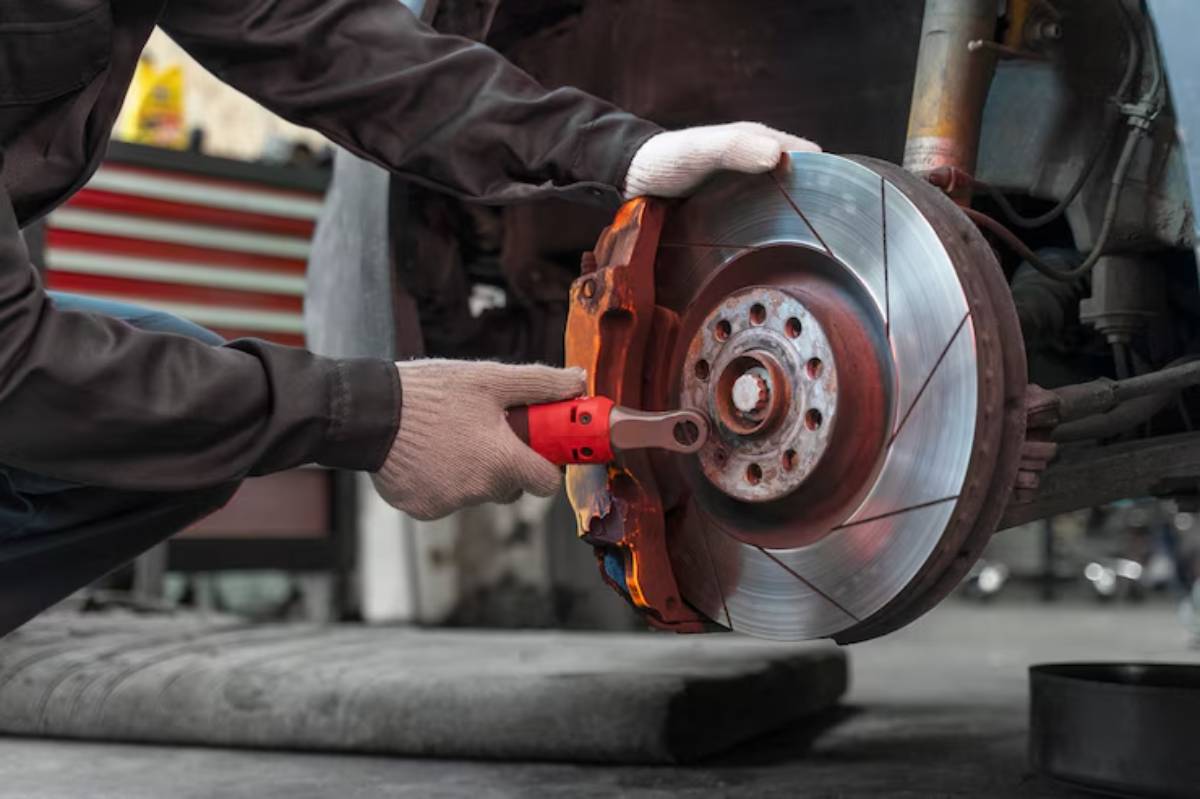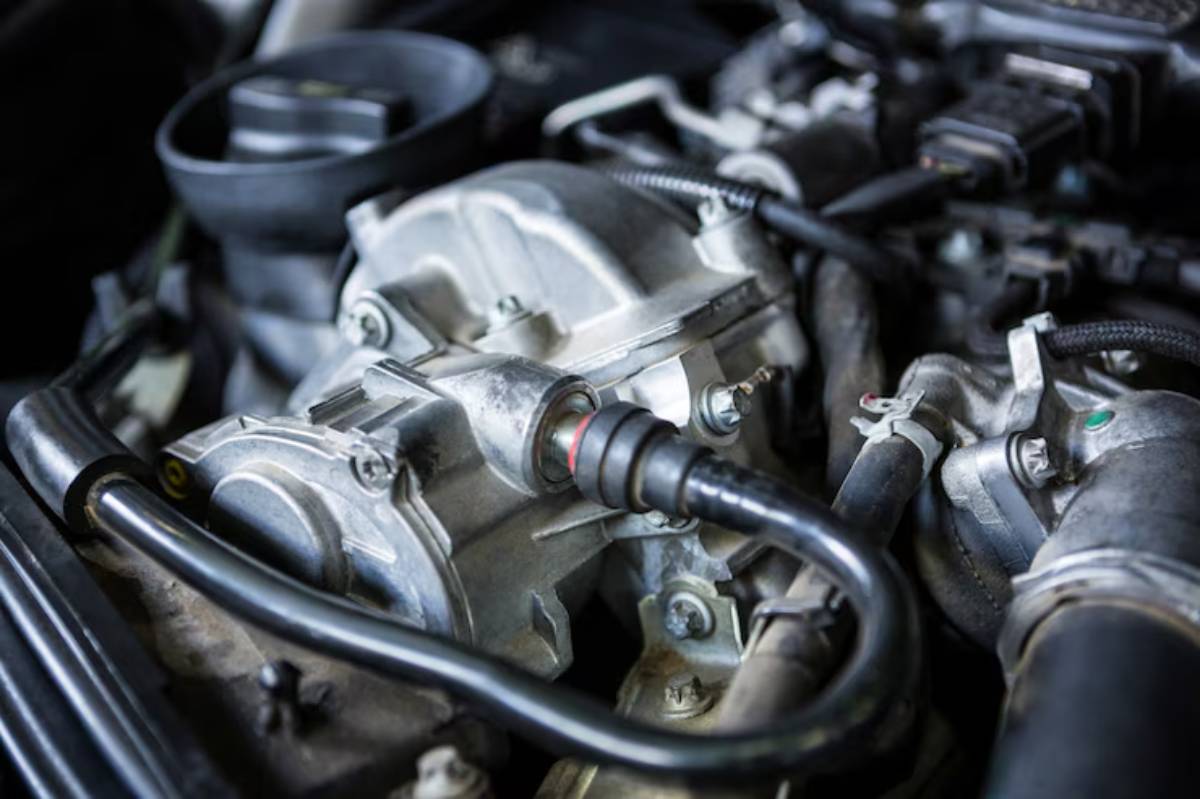
Top Signs Your Regenerative Brakes Need Repair
One of the coolest features of your hybrid car is regenerative braking. It not only slows your vehicle down, but it also recaptures energy and sends it back to the battery. It’s a clean, efficient system — until it isn’t.
What many hybrid drivers don’t realise is that hybrid braking issues don’t always announce themselves with a screech. Sometimes the symptoms are subtle — a softer pedal, reduced fuel efficiency, or even a battery that just doesn’t charge like it used to.
So, how do you know when your regenerative braking system needs repair? That’s exactly what we’re going to unpack in this guide. You’ll learn how to spot the early warning signs, what causes them, and what steps to take if something seems off.
Whether you’re a seasoned hybrid owner or new to the game, understanding brake wear indicators and potential hybrid brake failure signs will help you stay safe, save money, and prolong your vehicle’s life.
What Makes Regenerative Braking Different?

Before we dive into the warning signs, let’s quickly review how regenerative braking works.
Quick Refresher:
- When you lift your foot off the accelerator or gently brake, the electric motor runs in reverse, acting like a generator.
- It converts kinetic energy into electrical energy and stores it in the battery.
- The system uses friction brakes only when more stopping power is needed.
This setup reduces brake pad wear, but it also introduces new components and potential failure points, such as sensors, control units, and inverters.
Let’s take a closer look at what happens when things go wrong.
1. Noticeable Drop in Fuel Efficiency or Battery Regeneration
Your regenerative brakes contribute to fuel savings by converting motion into stored energy. So, if you’re suddenly:
- Visiting the petrol station more often
- Seeing less battery charge after braking
- Getting shorter EV range…
…it could be a sign that your regen system isn’t doing its job.
What might be going on?
- The inverter isn’t converting energy efficiently.
- The battery isn’t accepting the charge.
- The motor-generator unit is underperforming.
Next Step: Book a diagnostic scan. Technicians can test the regen components to identify energy loss or faults in the charge system.
2. Inconsistent or Unusual Brake Pedal Feel
One of the most common hybrid brake failure signs is a brake pedal that doesn’t feel quite right.
You might notice:
- A spongy or overly soft pedal
- A jerky or grabby braking motion
- The pedal sinks slowly to the floor when pressed
This is often due to a mismatch in how the regenerative and friction brakes are blending. It could be:
- An issue with the brake booster
- A problem with the regen brake software calibration
- Failing sensors or low brake fluid
If the pedal feels different or changes suddenly, it’s time for a professional check-up.
3. Audible Warning Sounds
Regenerative systems are famously quiet — but when you start hearing noises, that’s your cue to listen up.
Common warning sounds include:
- Grinding or scraping — worn-out brake pads
- Squealing — usually high-pitched and related to rotor or pad wear
- Clicking or clunking — may signal loose brake callipers or faulty regen mechanisms
Even if the system still works, these noises are clear brake wear indicators and shouldn’t be ignored.
Fun Fact: Hybrids sometimes apply the friction brakes in reverse gear at low speeds — that’s when many owners first notice odd noises.
4. Dashboard Warning Lights
This is one of the most obvious — and easy to ignore — signs.
Modern hybrids will display a variety of warning icons, including:
- Brake system warning light
- ABS light
- “Check Hybrid System” message
- Regenerative-specific alerts in some EVs (like “Regen Limited”)
Why do these matter?
These alerts are tied to fault codes that point to very specific failures — sometimes in the braking system, sometimes in the battery or motor software.
Don’t just clear the light and carry on. Use an OBD-II scanner or visit your mechanic to decode the issue.
You can learn more about what each light means in Understanding Hybrid System Warning Lights.
5. Slower Deceleration or Longer Stopping Distances
If it’s taking more distance to stop than usual, or your hybrid doesn’t decelerate like it used to when coasting, that’s a red flag.
This symptom suggests that:
- The regenerative system isn’t activating correctly
- The car is relying too heavily on friction brakes
- Brake pads or rotors are worn
In worst-case scenarios, it may be due to control unit failure or an issue with the master cylinder.
What to do:
If you notice this consistently, schedule a brake inspection immediately. Delayed stopping isn’t just annoying — it’s dangerous.
6. Changes in Driving Modes or Reduced Regen Function
Many hybrids allow you to select “eco”, “normal”, or “B-mode” for increased regenerative braking. If your car:
- Won’t switch into higher regen modes
- Displays a message like “regenerative braking unavailable.”
- Suddenly reverts to friction braking only…
… it’s likely that the regen system is malfunctioning or the battery is already full and unable to accept a charge.
Quick tip: Use these driving modes regularly. It keeps the system engaged and allows you to detect changes early.
7. Visual Damage or Unusual Brake Dust

While brake dust is usually minimal in hybrids, excess dust, uneven build-up, or visual scoring on rotors can indicate:
- Worn brake pads
- Sticky calipers
- Problems with the regen system disengagement
You might also notice:
- Warped or rusty brake discs (especially if the car’s not driven frequently)
- Brake fluid leaks around the master cylinder or callipers
Visual inspections go a long way in spotting these signs early.
8. Regen System Works in Reverse or Inconsistently
One rare but serious issue is when regenerative braking activates in the wrong direction or at the wrong time. If the car:
- Jerk backwards when trying to stop
- Accelerates during braking (without pressing the pedal)
- Reacts inconsistently to brake input
… it’s time to call for professional help immediately. These could be ECU faults, inverter bugs, or electrical control issues.
What Causes Regenerative Brake Failures?
Understanding the root causes helps you prevent them. Here are the most common culprits:
- Software glitches in brake control systems
- Battery management system (BMS) errors
- Sensor misalignment or damage from potholes
- Infrequent use, causing rust and seizing
- Improper servicing by technicians unfamiliar with hybrids
For guidance on proper maintenance, see Maintaining Your Regenerative Brakes.
How to Respond If You Spot a Problem
Here’s a quick action plan if you suspect regen brake trouble:
1. Document the symptoms:
- When they occur
- Any warning lights
- Your driving mode and conditions
2. Avoid driving aggressively:
Switch to low regen mode if available and keep speeds moderate.
3. Schedule a hybrid-specific inspection:
Look for workshops that understand hybrid systems and high-voltage safety protocols.
4. Check for warranty coverage:
Some hybrid braking components may still be under extended powertrain or system warranties, especially in models under 8 years old.
Conclusion: Know the Signs, Drive with Confidence

Hybrid vehicles are marvels of modern efficiency, and regenerative braking plays a big part in that. But like all smart systems, it needs your attention now and then.
By learning to spot these brake wear indicators and hybrid brake failure signs, you’re not just protecting your car — you’re keeping yourself, your passengers, and others on the road safer.
So, if your car feels a little different, your battery isn’t charging like it used to, or your dashboard is sending cryptic messages, don’t wait for things to get worse.
Take action today:
- Review your brake system’s recent performance
- Book a diagnostic if something feels off
- Share this guide with fellow hybrid drivers who may benefit
Got questions or your own hybrid brake story? Share it in the comments — we’re all about community-driven car care.


